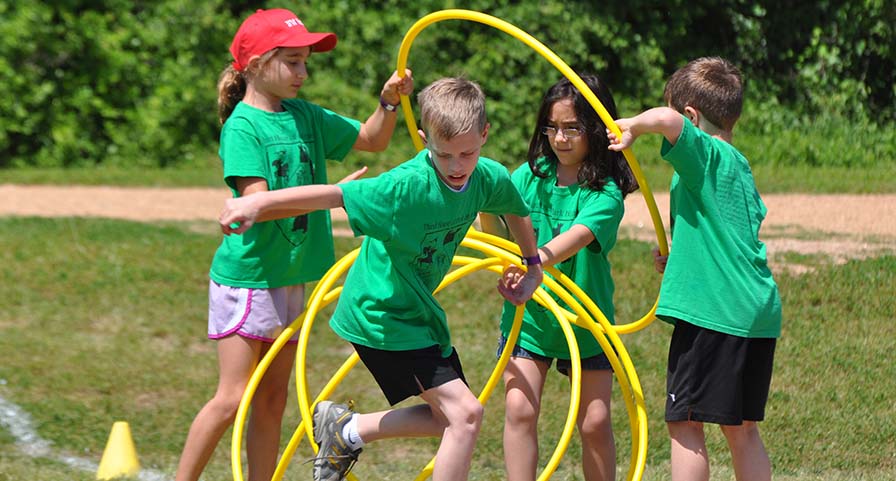Originally published Nov. 7, 2018 in the Lethbridge Herald.
An Eye on Education Column by Cheryl Gilmore
It’s that time of year again when the beauty of fall begins to wane and cooler temperatures have a tendency to push us indoors characterized by a less active routine. Whether at school or at home, I encourage everyone to push beyond the boundaries of cooler weather and find ways to keep our children and youth active.
We all intuitively know there is a direct relationship between physical activity and overall wellness. There is also a direct relationship between being active and learning. Countless studies point to the positive impact that physical activity has on student achievement.
 There are many different models that helps us understand how physical movement is associated with the brain. One model, “Move to Learn” (Martin, 2010), visually shows the links between physical activity, cognitive functioning and behavior, and academic success. First, it shows that activity boosts brain nerve growth, increases brain blood vessel growth and blood flow, and raises reaction time rates. Also controlled by the brain, and directly connected to students’ ability to learn, are factors such as the ability to concentrate and have self-regulated behaviors that optimize being on-task and focusing on the task at hand. Being active contributes to the brain enhancing all of these areas in positive ways.
There are many different models that helps us understand how physical movement is associated with the brain. One model, “Move to Learn” (Martin, 2010), visually shows the links between physical activity, cognitive functioning and behavior, and academic success. First, it shows that activity boosts brain nerve growth, increases brain blood vessel growth and blood flow, and raises reaction time rates. Also controlled by the brain, and directly connected to students’ ability to learn, are factors such as the ability to concentrate and have self-regulated behaviors that optimize being on-task and focusing on the task at hand. Being active contributes to the brain enhancing all of these areas in positive ways.
So how do we work together to get our children and youth active? At the school level, students engage in physical activity in gym classes and at recess. This is somewhat easier to encourage at the elementary level as younger children are more inclined to be active and play when they have the opportunity. There is scheduled P.E. time at the middle school level as well, and all students in grades 9 and 10 are required to take P.E. Teachers are very aware of the impact of activity on learning and behaviour. Many teachers have “brain break” exercises that they use throughout the day. As short as two or three minutes, the physical movement helps to stimulate the brain and re-focus students.
Some elementary schools have also been closely examining “self-regulation” and finding ways to help students understand their own behaviour (knowing where they are at in the zone of self-regulation) and what it is they need to do to in order to be in a better zone if they are feeling agitated, stressed, frustrated or restless. Some strategies for self-regulation involve movement, such as going for a walk, going to a stand up desk, sitting on a ball rather than a chair, doing some “hard work” physical activity such as pushing heavy balls, or spending some time in a multi-sensory room.
Students also need some physical activity outside of school to keep them fit and set them up for learning. As much learning occurs outside of school as in school. Activity will help with sleep and increase their level of alertness. They are more aware of their surroundings, confident and able to engage in social activities with family and friends.
I know that many children and youth are involved in organized sport. This is a great way to keep them active and develop the personal attributes that sport involvement can nurture. Not all are involved in sport, however, and that is OK. There are many ways to stay active. Limiting technology and encouraging play outside every day will contribute to their wellness. Going for walks and being mindful of their surroundings is also healthy. Even dropping them off a block away from the school, if age appropriate, gets some blood flow going before they start the day. If truly inclement weather strikes, there are video games that get kids moving, such as “Just Dance” and a variety of sport “Wii” games, rather than just sitting.
Physical activity does impact learning and overall well-being. I believe that if the school and home work together to consciously engage children and youth in activity, we can improve well-being and positively impact their success in school.
Cheryl Gilmore is the Superintendent of Lethbridge School District No. 51.
Seeking IHT Spirit System information?




